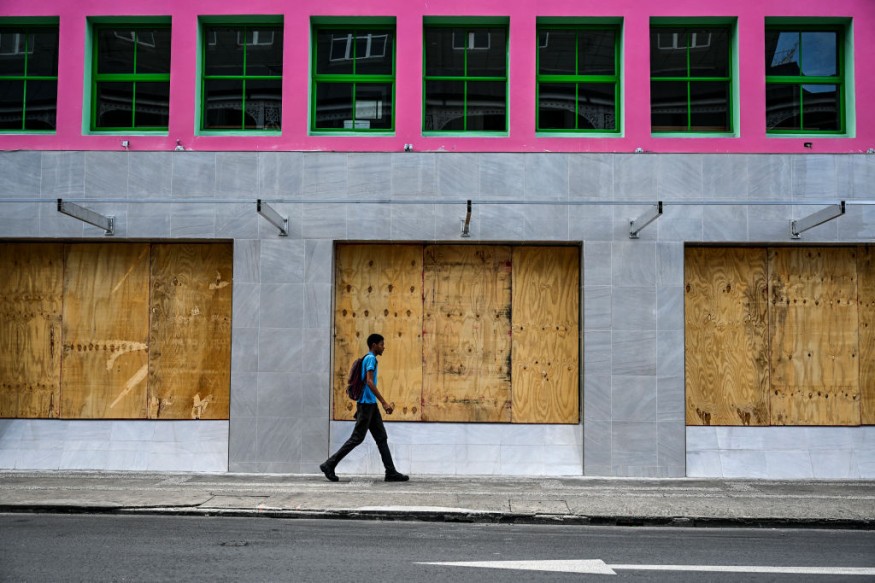Hurricane Beryl Becomes 1st Hurricane of 2024; Caribbean Countries Brace for Impact

The second named storm of the year has officially become a hurricane as Hurricane Beryl has picked up strength and is now threatening the eastern Caribbean. The storm is heading northwest across the Caribbean Sea through the Fourth of July week.
According to the Weather Channel, Hurricane Beryl could eventually pose a danger to Jamaica, the Cayman Islands, Belize, and Mexico's Yucatan Peninsula as the storm goes on its northeastern track. Hurricane warnings have also been issued for Barbados, St. Lucia, St. Vincent and the Grenadine Islands, Grenada, and Tobago.
Meanwhile, Martinique is getting a tropical storm warning, while Dominica, parts of Tobago, and the southern portions of Haiti and the Dominican Republic are getting tropical storm watch alerts. There is now a threat of life-threatening storm surges and rainfall flooding through these areas on Monday.
Meteorologists have pointed out that the wind shear could be lower than usual, and this could allow Beryl to maintain its hurricane intensity longer than expected as the storm goes through the western Caribbean Sea later this week.
The areas mentioned above have been advised to rush completion of their completion as the storm could possibly impact other parts of Mexico, as well as parts of the southern United States. Local flash flooding and landslides are possible.
Hurricane Beryl Quickly Strengthening as It Moves Through the Caribbean
Hurricane Beryl is now a Category 4 hurricane and may strengthen as it continues on its path. This is the only Category 4 storm ever recorded in the month of June but the timing for the season's first hurricane is unusual, as the Atlantic Hurricane Season's first hurricane-strength storm usually happens around August 11 on average.
READ MORE : Midwest Flooding Causes Bridge Connecting Iowa to South Dakota to Collapse, Evacuations Triggered
The storm's current location is around 250 miles east southeast of Barbados as it continues its northwest path. It is increasing 55 mph in the 24 hours before Sunday morning.
"A life-threatening storm surge will raise water levels by as much as 6 to 9 feet above normal tide levels in areas of onshore flow near where the eye makes landfall in the hurricane warning area," a statement from the National Hurricane Center (NHS) read, adding that the storm surge could bring large and destructive waves near the coast.
"We're forecasting rapid intensification and expecting Beryl to become a major hurricane before it reaches places like Barbados and the Windward islands and continue to be a powerful hurricane as it moves into the eastern and central Caribbean as we go into the early portions of next week," NHS Director Mike Brennan told CNN.
Hurricane Beryl Considered a 'Historic Hurricane'
According to the Associated Press, it only took Hurricane Beryl 42 hours to strengthen from a tropical depression to a major hurricane, and this only happened six other times in Atlantic hurricane history. This also makes the storm the earliest Category 4 Atlantic hurricane on record, coming earlier than Hurricane Dennis, which became a Category 4 storm on July 8, 2005.
"Beryl is an extremely dangerous and rare hurricane for this time of year in this area," hurricane specialist and storm surge expert Michael Lowry told the AP. "Unusual is an understatement. Beryl is already a historic hurricane and it hasn't struck yet."
This article is owned by Latin Post.
Written by: Rick Martin
WATCH: Hurricane Beryl reaches category 4 strength in the Atlantic - FOX 35 Orlando
Subscribe to Latin Post!
Sign up for our free newsletter for the Latest coverage!

















